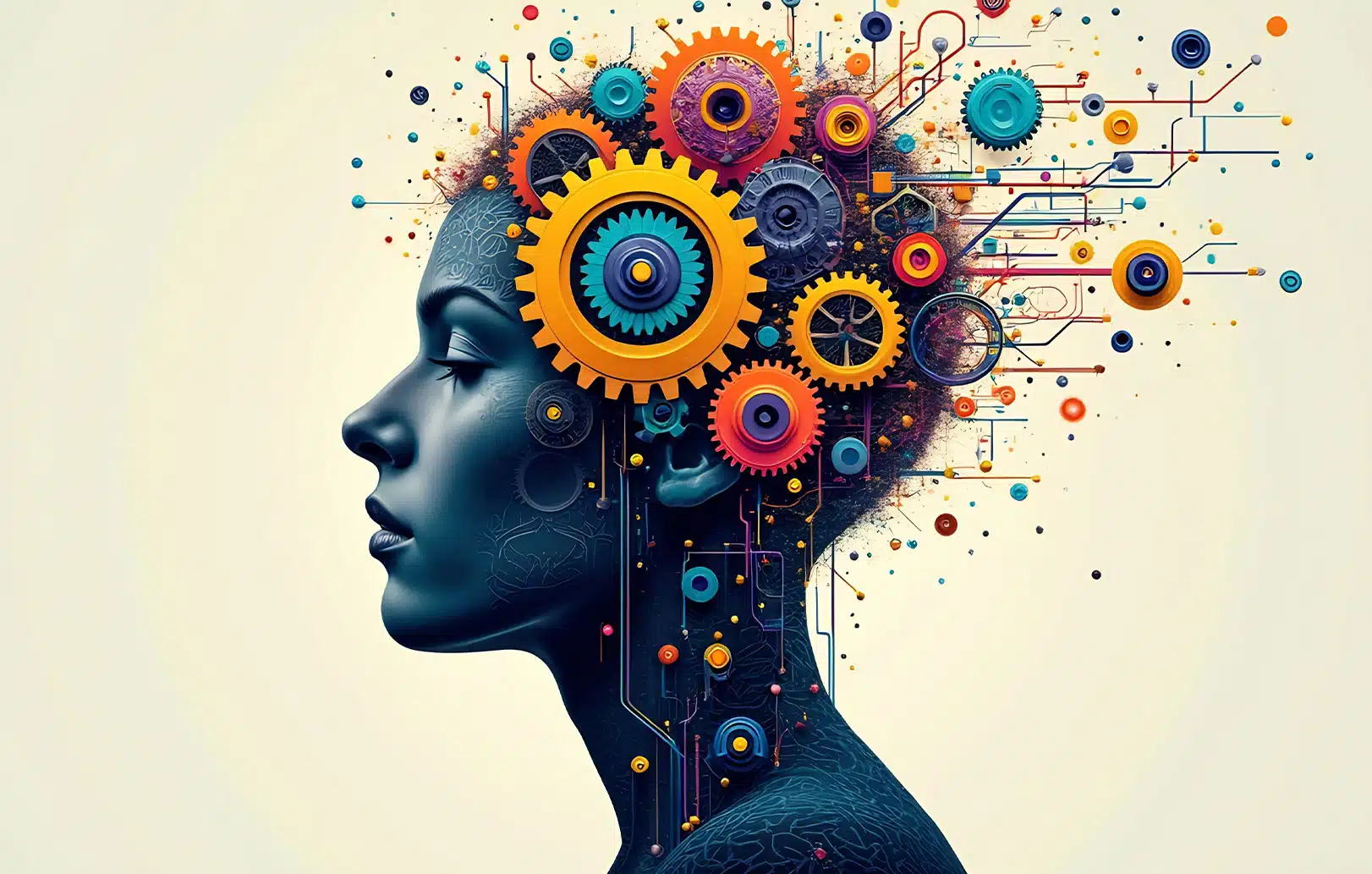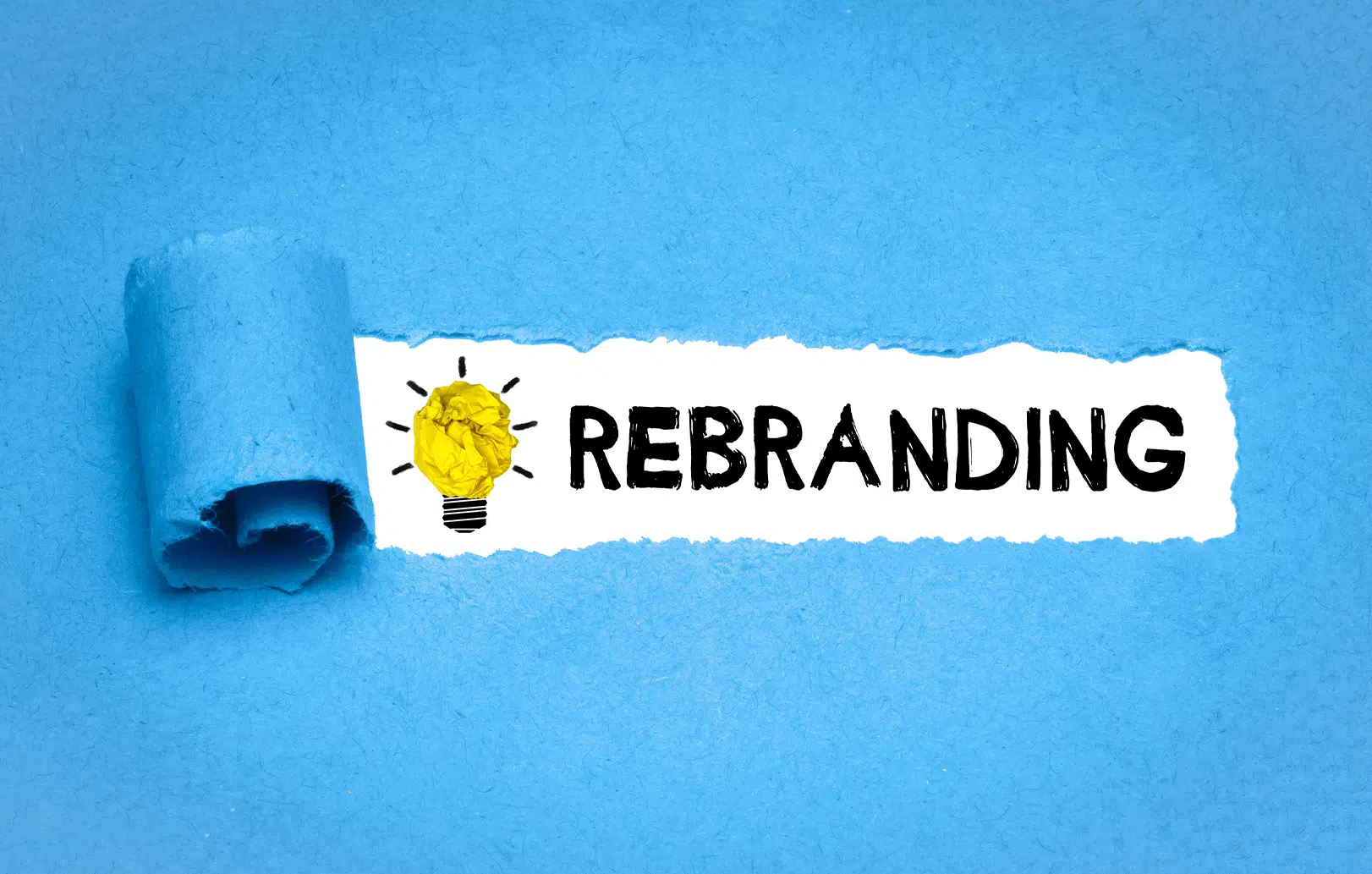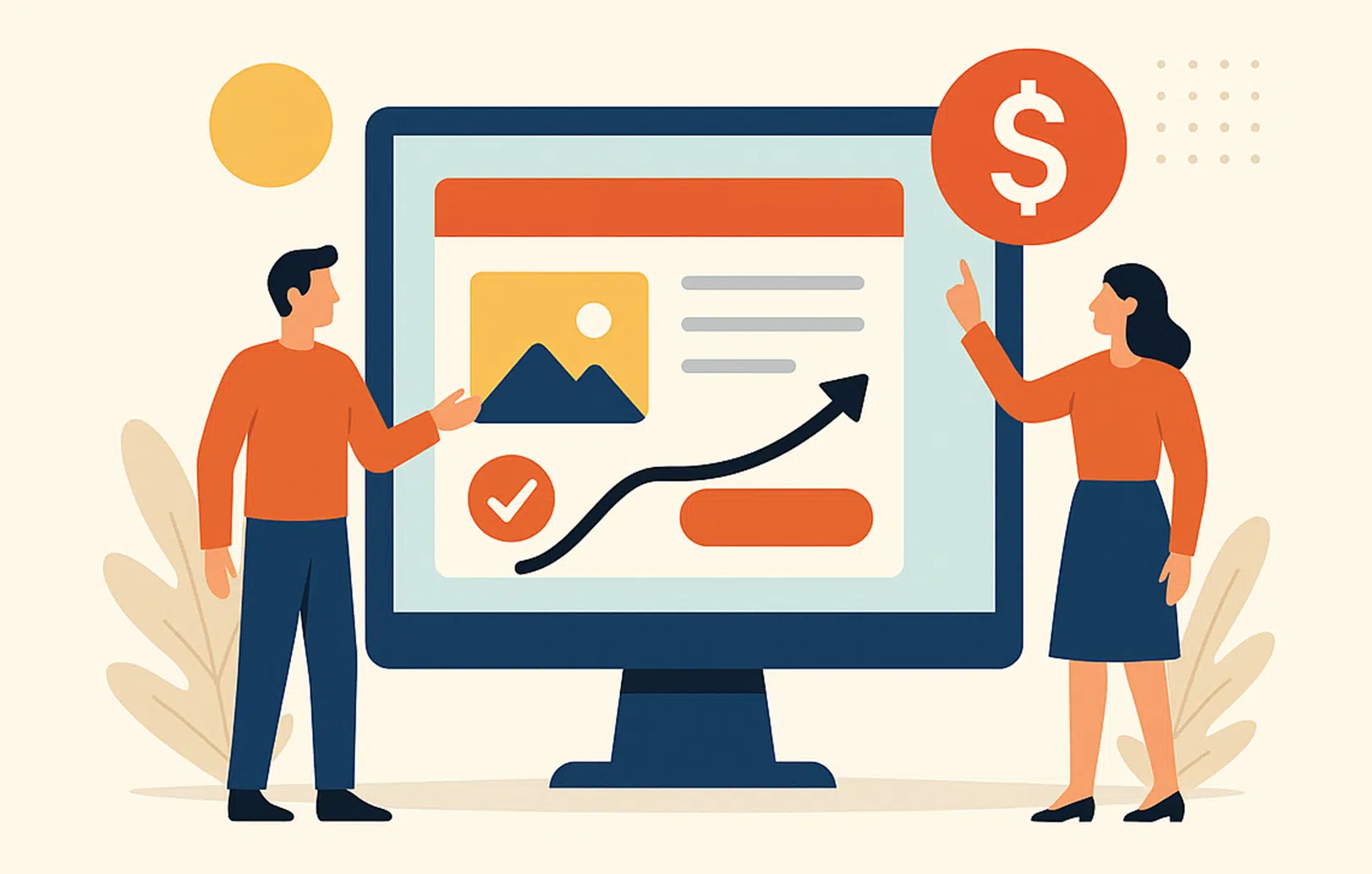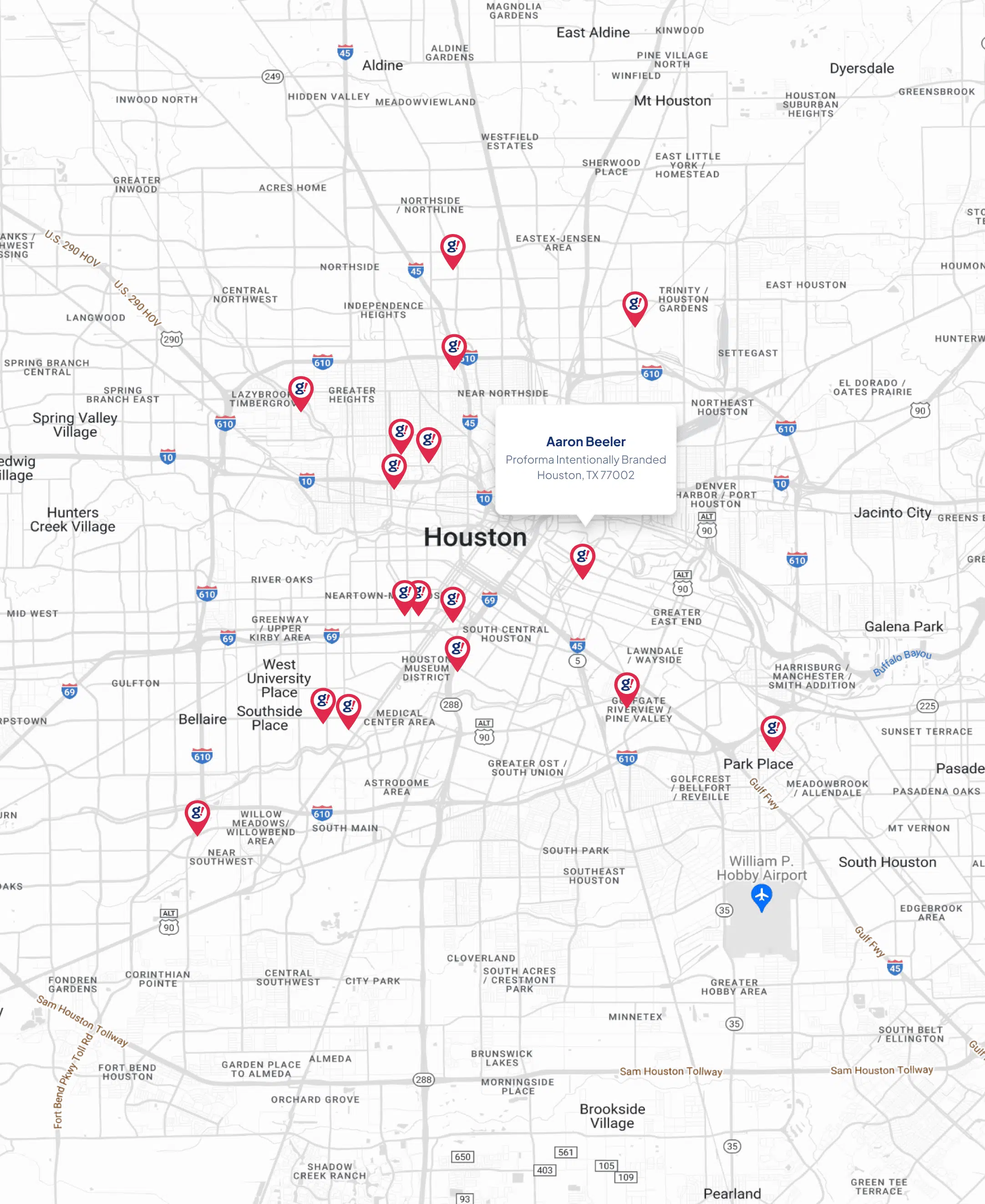In a world where switching to a competitor is just a few clicks away, customer experience (CX) has become the battleground for SaaS and platform companies. No longer confined to just onboarding or support, customer experience encompasses the entire journey—from discovery and sign-up to renewal and advocacy. And in the age of recurring revenue, that journey never really ends.
What Is Customer Experience in SaaS and Platform Companies?
Customer experience in SaaS is the holistic perception your users have about your product, service, and company at every touchpoint. For platform companies, this also includes the ecosystem—developers, partners, integrations, and third-party services that interact with your core offering.
It includes:
- Onboarding flows
- User interface and usability
- Product performance and reliability
- Customer support
- Education and training resources
- Billing and pricing clarity
- Community engagement
- Value delivered over time
Each of these moments forms the overall sentiment your users carry. And in subscription models, this sentiment translates directly into metrics like retention, lifetime value (LTV), churn, and referrals.
Why It Matters: The Business Impact
1. Retention = Revenue
Customer acquisition is expensive. According to industry benchmarks, acquiring a new customer can cost 5–7 times more than retaining an existing one. A seamless, delightful customer experience keeps users engaged, reduces churn, and boosts renewals.
2. LTV-CAC Ratio Optimization
Great CX increases the Customer Lifetime Value (LTV) without increasing Customer Acquisition Cost (CAC). That’s a win for margins, especially in PLG (product-led growth) companies where the product is the sales tool.
3. Word-of-Mouth and Virality
A loyal customer becomes your best marketer. In an increasingly crowded market, peer recommendations and user reviews on sites like G2, Capterra, or the App Store can become powerful growth levers.
4. Upsell and Cross-Sell Opportunities
Happy customers are more likely to explore additional features, tiers, or products in your ecosystem. CX is the foundation for land-and-expand strategies in enterprise SaaS and platform models.
Key Pillars of a Great SaaS Customer Experience
1. Frictionless Onboarding
First impressions matter. The onboarding process should be simple, personalized, and fast. Use guided walkthroughs, checklists, and contextual help to get users to the “aha moment” as quickly as possible.
2. Proactive Support
Don’t just react to tickets—use in-app messages, help centers, and even AI assistants to proactively solve issues. Platforms like Intercom and Zendesk can be used strategically, not just as inboxes but as CX amplifiers.
3. Value-Driven Product Experience
A clean UI and fast UX are table stakes. But the key is to ensure your users are seeing and feeling the value. Think usage analytics, milestone celebrations, and feature adoption nudges based on real-time behavior.
4. Human Touch at the Right Time
Even in automation-heavy models, human support still matters—especially during high-stakes moments like billing, renewal discussions, or product expansion. Customer Success Managers (CSMs) can make the difference between a renewal and a churn.
5. Community and Ecosystem Enablement
For platform companies, your community is your moat. Create robust developer documentation, Slack or Discord channels, regular webinars, and partner certification programs. This expands your CX beyond product UI into the platform experience.
How to Measure Customer Experience
Here are key metrics SaaS and platform companies use to track and improve CX:
- Net Promoter Score (NPS) – Are your customers willing to recommend you?
- Customer Satisfaction Score (CSAT) – Are users happy with their support and interactions?
- Customer Effort Score (CES) – How easy is it to get tasks done?
- Time to Value (TTV) – How quickly do users derive value?
- Churn & Retention Rates – Are customers staying?
- Expansion Revenue – Are they upgrading or adding users/products?
Use these insights to create feedback loops across product, sales, support, and marketing.
We Design CX That Converts
At gotcha!, we don’t treat customer experience as a support function — we engineer it as a growth strategy. Whether we’re building powerful SaaS tools or integrated marketing platforms, our approach is rooted in user-centric design, AI-powered personalization, and frictionless interactions.
We help brands build customer journeys that not only retain, but delight. From first click to loyal advocate, we make sure every touchpoint adds value — and every experience feels like magic (with measurable results).
Because in a world of choices, experience is what makes the difference. And at gotcha!, we make experiences that stick.








